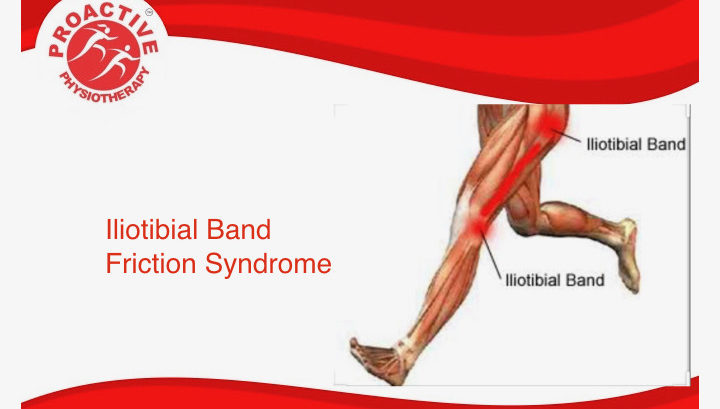Iliotibial Band Syndrome: Part 1
Iliotibial Band Syndrome (ITBS) has commonly been thought of as an overuse injury in runners. The exact etiology of ITBS is not well understood and there is no consensus on how to properly manage it. The purpose of this case series is to present a comprehensive model that utilizes a review of the current literature and the concept of regional interdependence as a foundation for the treatment of ITBS in runners.
Abnormal kinematics of the lower extremity have also been suggested as a contributing factor to ITBS. Multiple authors have studied the hip, knee, and ankle kinematics in runners with and without ITBS and found conflicting results. Due to these varied results, the optimal treatment for athletes with ITBS remains undescribed. In the initial stages, anti‐inflammatory medications are frequently prescribed. Physical therapy is often recommended. Interventions such static stretching, strengthening, manual therapy and neuromuscular re‐education have been researched. Pinshaw et al stressed the importance of addressing shoe wear and training schedules. Deep friction massage is often used, but outcomes research does not support it.
Causes ITBS?
There are many symptomatic treatment are avaliable to aim symptoms of ITB. However, ITB issue long term you need to examine the cause and deal with that. It isn’t just tightness of the ITB that’s an issue, it’s also the load and stress on the ITB and the frequency.
Common cause
- Increase in mileage/ changes in training
- Muscle weakness – mainly Gluteus Medius, Gluteus Maximus and Medial Quads
- Tissue Flexibility
- Movement Control
- Biomechanics
Faulty Movement examination
The first step in physical examination of the knee is Coronal and sagittal plane knee misalignments such as genu varum, genu valgum, recurvatum, as this can increase tension on the ITB. Knee effusion or ligamentous laxities are not commonly part of the presentation with isolated ITBS. Palpation of the distal ITB can be painful. Special tests for ITBS include the Noble and Ober tests.

Take movement control for example, without adequate strength you can’t control movement. In addition biomechanics plays a major part too. If ankle goes into to over-pronate then eventually femur will adductand internal rotate which place greater stress on ITB. When you have in efficient force production by G.med to maintain the pelvis in upright postion. The ITB works synergistically which we can say it has been over working. Good movement control and glute strength may help counteract this but if there are severe biomechanical issues then it become much harder for the body to compensate.
control movement. In addition biomechanics plays a major part too. If ankle goes into to over-pronate then eventually femur will adductand internal rotate which place greater stress on ITB. When you have in efficient force production by G.med to maintain the pelvis in upright postion. The ITB works synergistically which we can say it has been over working. Good movement control and glute strength may help counteract this but if there are severe biomechanical issues then it become much harder for the body to compensate.
Knee valgus means nothing if you don’t identify the cause. Pronation of the foot means nothing if you don’t discuss what the hip could have done
to prevent it. A tilting pelvis could actually be the result of a mobility or a stability problem. If you truly understand movement, you understand that the complex chain of events in a multi-segmental pattern is rarely the result of one anatomical structure success or failure. Knee valgus is not a problem when the foot and hip behave correctly.
Stay tune for second part for how you should break down the movement pattern………
Image : Google




Leave a Reply
Want to join the discussion?Feel free to contribute!